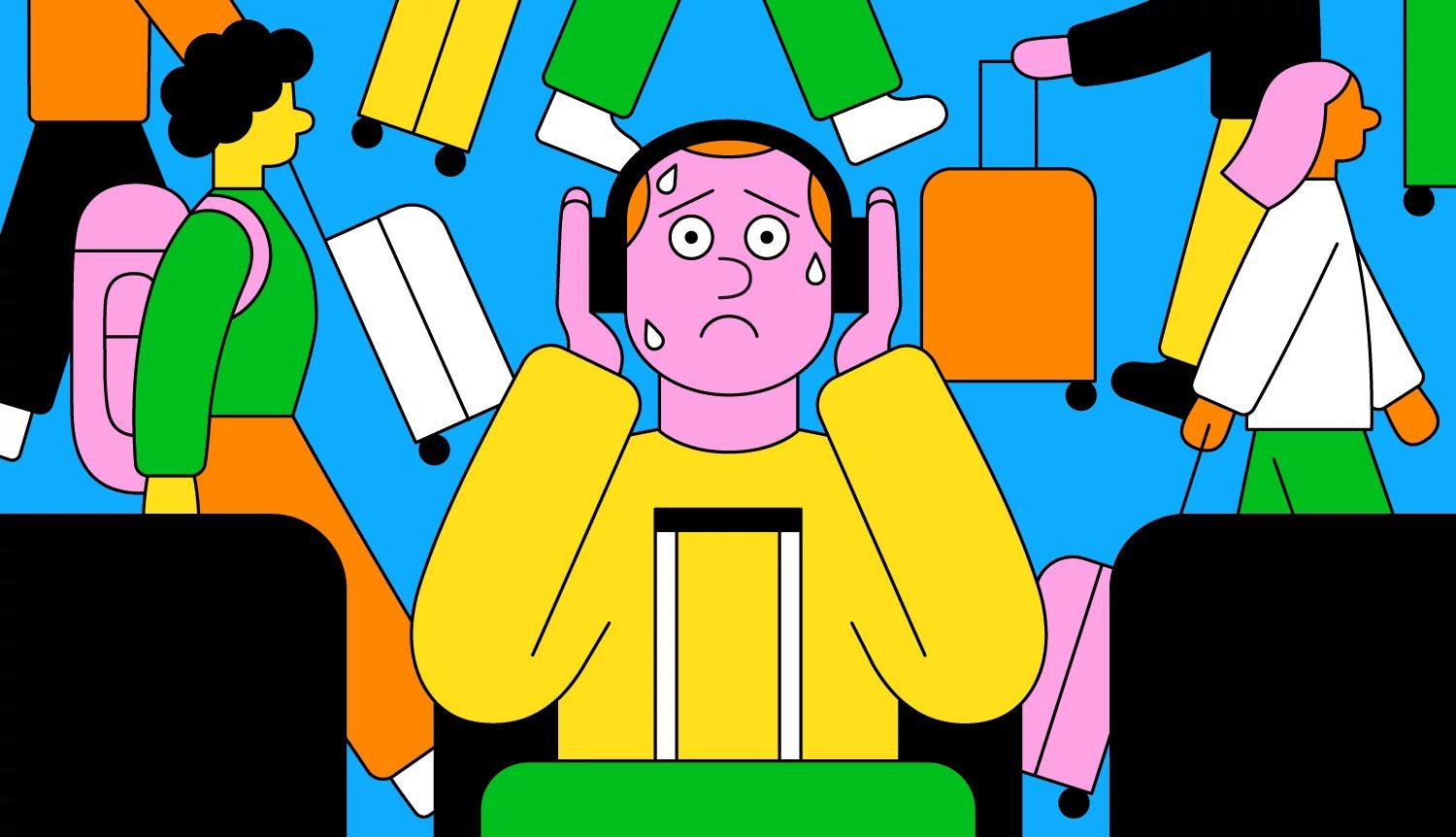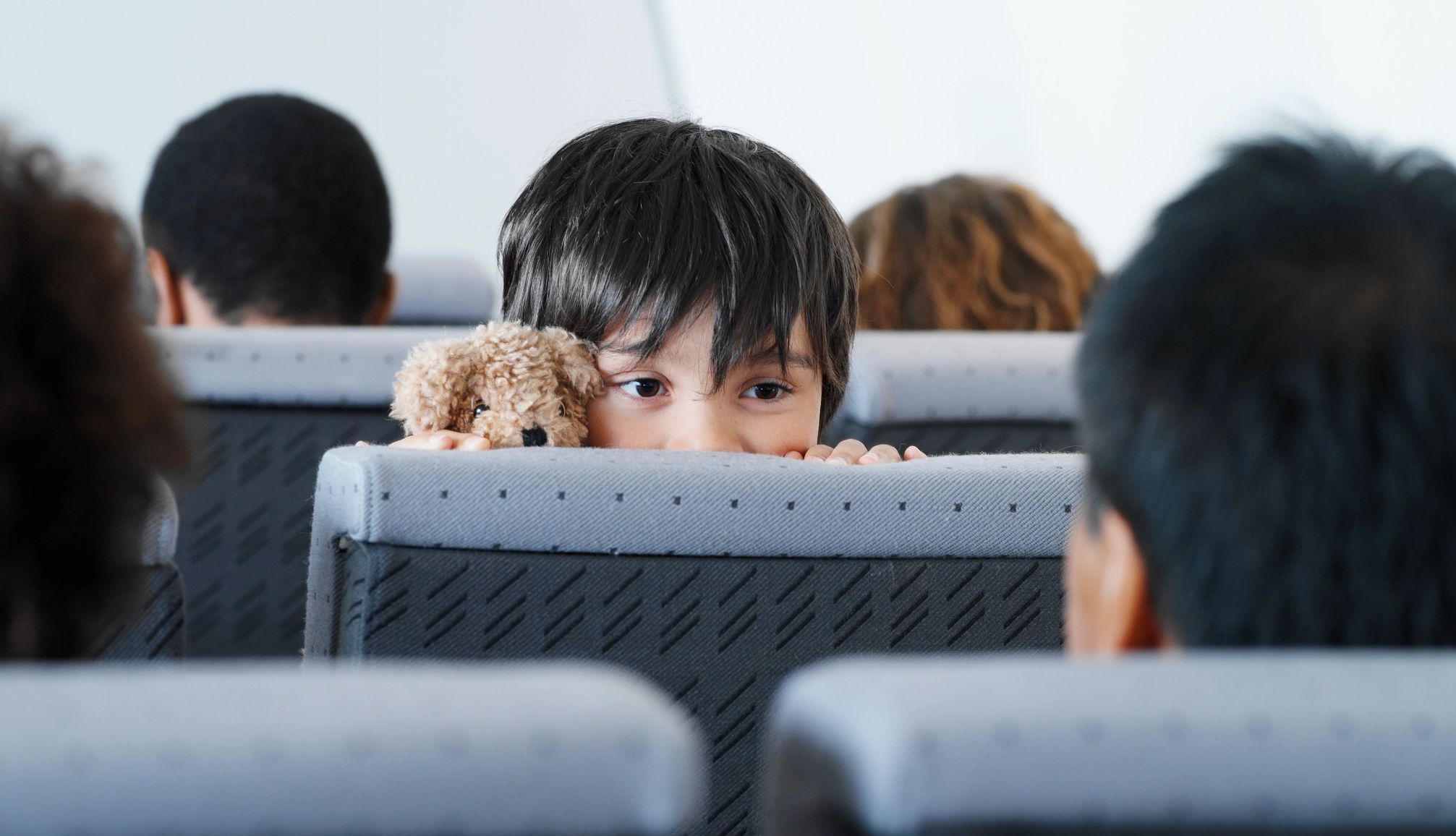AARP Hearing Center
When returning home from a trip to the Bahamas for my 40th birthday, I found myself on a small prop plane, violently bouncing and bumping through a thunderstorm in pitch darkness. My husband and daughter were at the back of the plane and I was in the front with my toddler son. At a certain point, I became so convinced that the plane was going down that I asked the woman across the aisle to take care of my son if I had a panic attack.
We landed safely, but I’ve had travel anxiety, including fear of flying, ever since. I’ve continued to fly, but instead of sitting by the window and marveling at the experience, I sit on the aisle and pretend I’m not in an airplane. I imagine I’m being magically whisked to my destination. Before takeoff, I listen to a book, and during takeoff, I close my eyes, breathe deeply and focus on my destination.
I’m not alone. Travel anxiety and fear of flying are common, says Lisa Wilson, a licensed independent clinical social worker and associate at the Center for Travel Anxiety in Washington, D.C. About 25 million adults in the U.S. have a fear of flying, and about 40 million Americans are living with an anxiety disorder, according to the Cleveland Clinic.
Travel anxiety refers to a feeling of worry or fear around traveling. It can happen before you go or while you’re traveling. Some people develop travel anxiety after a specific event; others can’t identify a cause. You may have traveled by car, train or plane for decades without concern and suddenly develop a sense of panic or anxiety, Wilson says.
When that occurs, she says it’s best to address the anxiety instead of pretending it’s not happening.
Wilson says the symptoms of travel anxiety are distinctive to the person rather than the form of travel. They tend to be the physiological symptoms associated with the fight-or-flight response, “because fundamentally, what we’re talking about in terms of panic or anxiety, we’re talking about the body’s response to a perceived threat,” she says.
These symptoms can include a rapid heart rate, tension in the shoulders or elsewhere in the body, sweating, nausea, a feeling that you can’t breathe, pressure in the head and an irresistible urge to move your limbs. Symptoms can range from mild to severe, and travel anxiety overall can stop you from making plans and traveling altogether.


































































